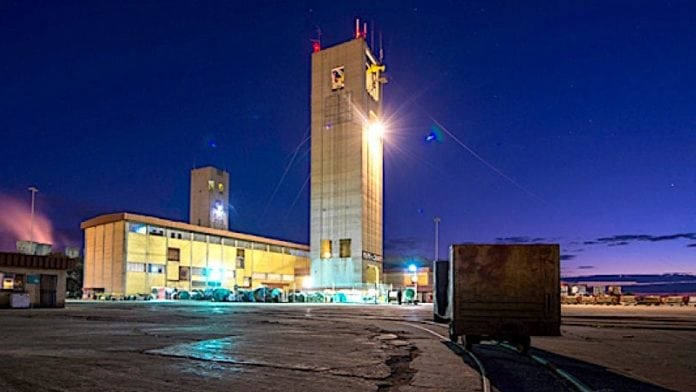
HARMONY Gold blamed the regression in safety at its South African mines on seismicity, fatigue and poor discipline. The company reported its tenth fatality of 2021 this month.
Commenting in its first quarter production report today, Harmony said it had achieved some notable safety milestones including the highest fatality-free days as of July 14. However, two days later the company recorded the first of five more fatalities.
CEO, Peter Steenkamp said in the wake of the last incident – recorded at the firm’s Doornkop operation, west of Johannesburg – that he was “deeply concerned” regarding the deterioration in fatality rates.
Of the 10 reported fatalities at Harmony Gold operations, the majority have been ‘falls of ground’ related to seismic activity. Previous incidents occurred at its Kusasalethu, Mponeng, Target, Tshepong South (Phakisa), Bambanani and Target mines.
The Minerals Council South Africa said last month that the mining sector was heading for a second successive increase in mining fatalities this year.
There was a significant financial impact as a result of stoppages implemented as a consequence of fatalities. Grade declined and there was a 9% increase in all-in sustaining costs (AISC) of R795,086 per kilogram ($1,691/oz). Another contributing factor to the higher AISC was the winter tariff imposed by Eskom, South Africa’s beleaguered state-owned electricity firm.
Grade fell to 5.27 grams per ton (g/t) in the quarter, a 3% decline compared to grade of 5.44g/t in the preceding (fourth) quarter of Harmony’s 2021 financial year. Gold production was largely flat at 413,714 oz compared to 411,078/oz in the fourth quarter (12,868kg compared to 12,786/kg in the fourth quarter).
Harmony kept production guidance for the 2022 financial year unchanged at between 1.54 and 1.63 million oz at an AISC of between R765,000/kg to R800,000/kg. Underground recovered grade is planned to be between 5.40g/t and 5.57g/t.
For the first quarter, the decline in the rand contributed towards a higher gold price received which came in 4% higher at R832,756/kg compared to R803,207/kg in the previous quarter. This contributed to adjusted earnings before interest, tax, depreciation and amortisation (EBITDA) of R1.79bn compared to R1.5bn in the fourth quarter, but 27% lower year on year.
In Papua New Guinea, efforts to increase production at Harmony’s Hidden Valley mine were hampered by two instances of geotechnical stability. As a result, the mine processed ore from lower grade stockpiles which led to a 39% decrease in grade from 1.78g/t to 1.08g/t and a 43% reduction in operating free cash to R149m ($10m) from the R260m ($18m) reported in the previous quarter.
Harmony said project and permitting activities at its Wafi-Golpu project were continuing despite considerable noise related to an environmental permit. As previously announced, the PNG’s National Court made an interim order staying the permit pending the determination of the judicial review.
On September 15, the state obtained leave from the Supreme Court to appeal that National Court stay order. The judicial review proceeding is now on hold until the State’s appeal against the stay order is decided by the Supreme Court, said Harmony Gold. The permit is critical in obtaining a Special Mining Lease from the PNG government.
Harmony is developing Wafi Golpu with partner, Newcrest Mining.











